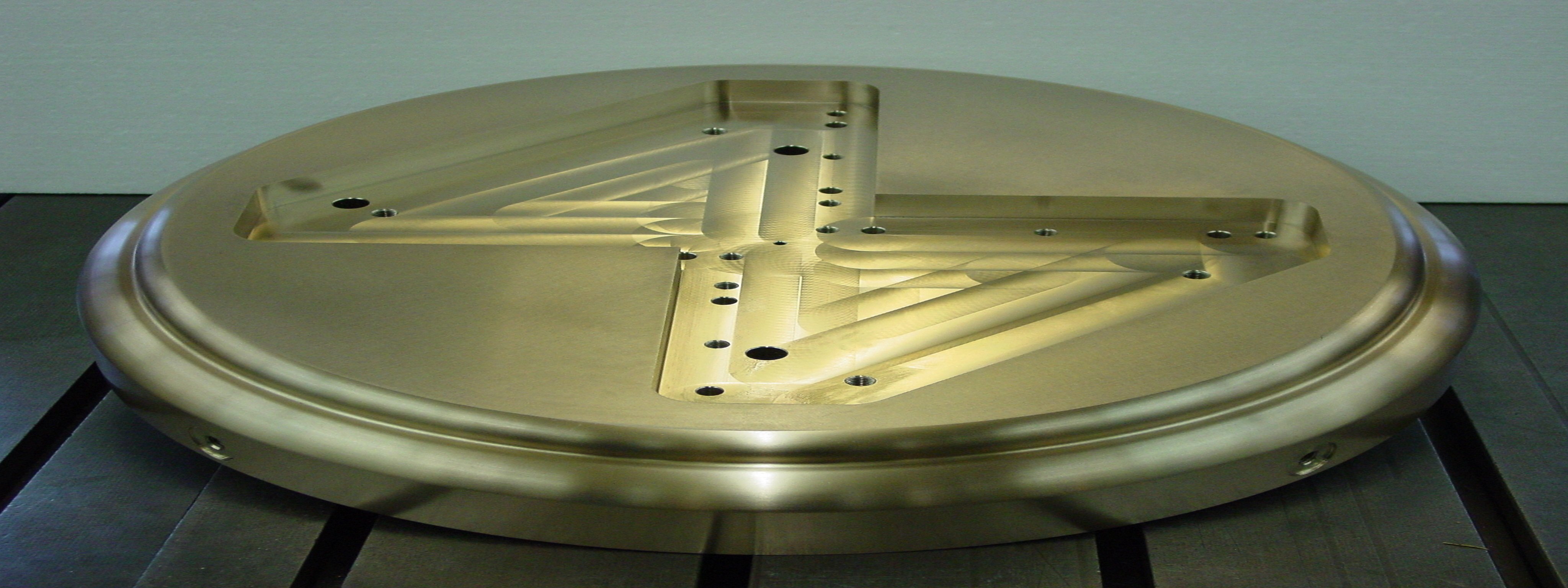One thing quite a few manufacturers in the metal forming industry do not seem to know is that there are alternatives to conventional tool steel or coated materials that actually have better properties. In the next paragraphs, we are going to explore why this is the case.
It is possible to attain lower friction, avoid galling, manufacture without heat treatment and with fewer steps and make modification easier. The material that allows for all this is called aluminium bronze. If you use tools made of aluminium bronze in the metal forming process, you will improve your production on many fronts.
What makes aluminium bronze great
Aluminium bronze is an alloy made up of bronze and generally between 9 and 14 % aluminium. It comes with high hardness, great compressive strength and excellent friction properties at the same time. Aluminium bronze is very well-suited for processes in which tearing, scratching and galling cannot be tolerated. The different kinds of aluminium bronze alloys are made for everything from short runs and moderate service up to long production and severe requirements. They are generally most valued for their higher strength and corrosion resistance compared to similar materials making them particularly useful in the metal forming industry for processes like deep drawing. The aluminium in the alloy reacts with atmospheric oxygen to form a thin, tough surface layer that acts as a barrier to corrosion.
Aluminium bronze alloys are also tarnish-resistant and have low oxidation rates at high temperatures as well as low reactivity with sulfurous compounds and other exhaust products of combustion. In addition, they are resistant to corrosion caused by sea water. Their friction coefficient can be as low as 0.18 (in unlubricated condition) while the friction coefficient of conventional tool steel is usually about 1.11. Compared to bronze, aluminium bronze has higher hardness and quality because combining bronze with aluminium in the right way results in a more homogenous microstructure, significantly better sliding properties and much lower wear. Aluminium bronze is also better than coated materials as it allows a better wear resistance while also making changes of geometry possible at any time.
The best choice for metal forming tools
As you can see, aluminium bronze offers a range of properties that make it a great choice for metal forming tools. Using aluminium bronze in your metal forming tools minimizes friction, eliminates seizing and scratching, improves sliding properties, reduces production costs, speeds up manufacturing and ultimately increases product quality. Your metal forming process with aluminium bronze tools requires less preparation and causes less wear, all of which lowers your overall production costs. Choosing aluminium bronze tools is a particularly efficient way to improve your production and ultimately your competitiveness that you probably haven't thought about before.
AMPCO METAL offers a great range of materials for industry usage and an attractive range of aluminium bronze alloys for the metal forming industry. For instance, the alloys named AMPCO® 21 and AMPCO® 22 are for moderate service severity, AMPCO® 25 and AMPCO® 26 are the alloys of choice for severe requirements and demanding applications. If you would like to know more about these or other materials, do not hesitate to contact us for further information, technical engineering support, or to arrange a special in-house seminar. We are here to serve you, by phone, mail or via internet.
Get our Technical Paper on «Aluminium Bronze Alloys for a higher quality and productivity in the metal forming industry».





